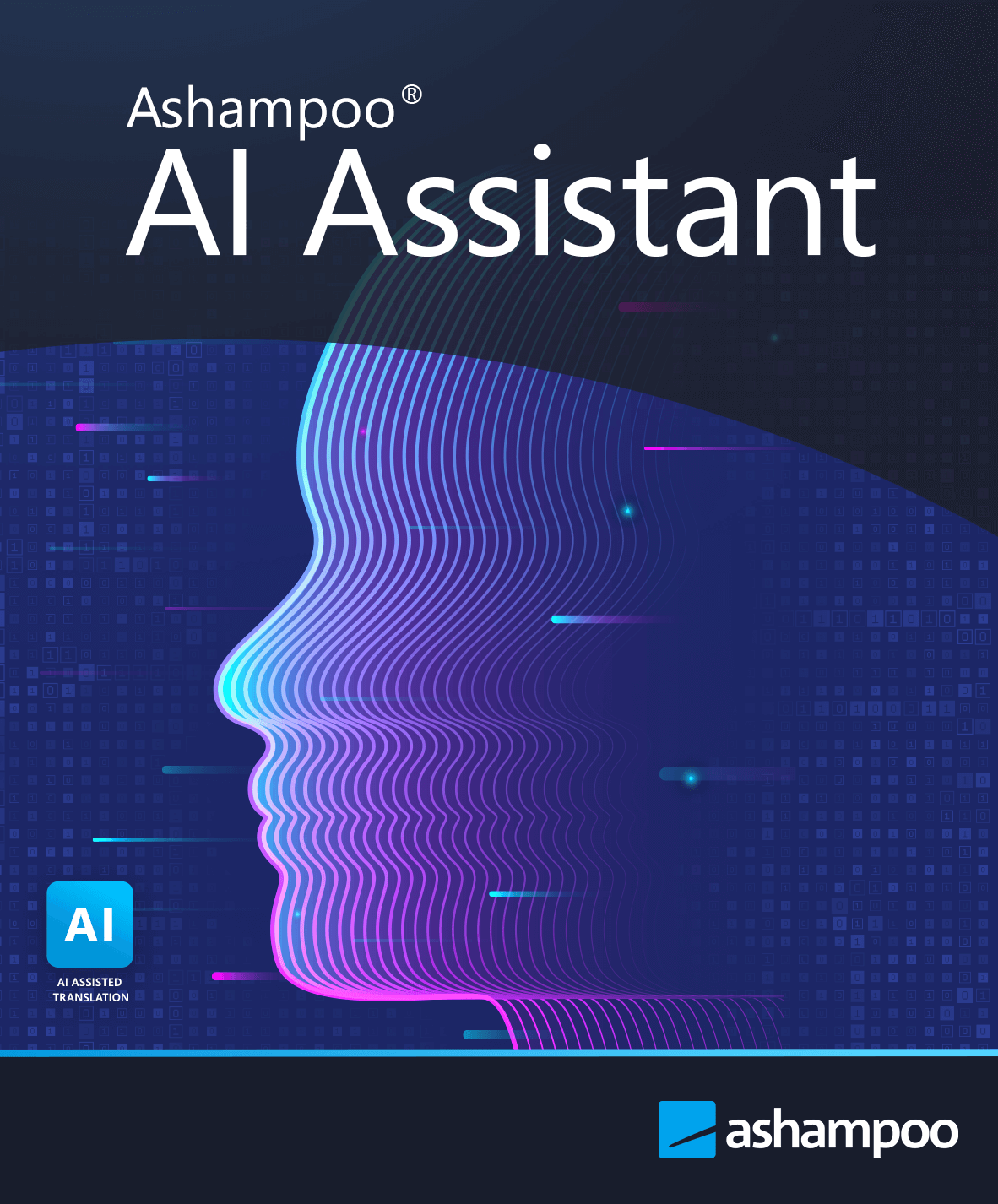Poker may be a centuries-old game, but today’s players don’t sit around candle-lit tables — they tap, swipe, and click. Modern poker is as much about digital experience as it is about cards and chips.
A well-crafted interface isn’t just pretty decoration; it’s the bridge between emotion and engagement. Studies from 2024 show that 83% of players decide whether to stay in an online poker room within the first 90 seconds of launching it. That decision isn’t based on card mechanics — it’s all about what they see and how it feels.
The competition proves it. Between 2021 and 2025, over 160 poker apps launched globally, yet only a fraction gained traction. The winners? The ones that nailed user experience — where every button, sound, and animation tells a story.
So, what makes a poker UI not just functional but addictive? Let’s break down the golden rules that separate the pros from the amateurs.
2. Clean Layouts — The Zen of Digital Felt
Clutter kills. Nothing drives a player away faster than chaotic interfaces where chips, avatars, and side menus fight for space.
Top developers learned this long ago. When PokerStars redesigned its lobby in 2020, it removed over 27% of visible elements from the home screen. The result? Average session time rose by 19 minutes.
Clean doesn’t mean empty. A good layout balances focus and atmosphere. Keep the table as the visual center. Peripheral menus — cashier, chat, settings — should fade until summoned. Minimalist doesn’t mean boring; it means intentional.
Players process visuals in milliseconds. Eye-tracking studies from UX Labs Berlin (2023) revealed that poker players’ gaze naturally follows a “V” path — dealer, pot, own cards. Placing key UI elements along this line boosts clarity by 42%.
If your design feels calm, players feel confident.
3. Consistent Visual Language
Consistency equals trust. Every shade, border, and icon communicates reliability — especially in real-money environments.
In 2019, GGPoker’s designers implemented a unified style guide with just eight core colors and three font families. Within six months, bounce rates dropped by 22%.
Visual consistency is subconscious reassurance. When everything looks deliberate, players stop questioning authenticity. That’s why modern poker UI/UX designers borrow cues from luxury brands — symmetry, repetition, simplicity.
Even micro details matter. Chip colors must align with real-world expectations: red for $5, green for $25, black for $100. Get it wrong, and users feel “off,” even if they can’t explain why.
4. Responsive Design — Every Screen Is a Table
The poker world doesn’t live on desktops anymore. In 2024, mobile play accounted for 68% of global poker sessions. A player might start on a laptop, continue on a tablet, and finish a tournament on a smartphone.
Responsive UI ensures seamless transitions across devices. Buttons must resize intelligently, gestures must replace clicks, and layouts must remain intuitive regardless of screen ratio.
A great example: in 2022, partypoker reduced table HUD clutter by moving non-essential data into collapsible overlays. On mobile, these overlays became swipeable menus. User feedback jumped from 3.7/5 to 4.6/5 in post-update surveys.
Another crucial point — thumb zones. Research by UX Collective (2021) showed that 76% of mobile players hold their phones with one hand. That means key actions like “Fold” or “Call” must fall within 50–80 mm of the thumb arc. Ergonomics matter as much as elegance.
5. Speed and Performance — Invisible but Critical
A fancy UI means nothing if it lags. Performance is the silent hero of UX. Players expect real-time feedback with zero friction.
Studies in 2023 revealed that even 300 milliseconds of lag between button press and visual response causes a 12% drop in perceived fairness. In live poker, that’s lethal.
Optimization requires ruthless trimming. Image compression, GPU rendering, and WebGL animations can improve frame rates by up to 40 FPS on mid-tier phones.
In 2025, leading developers began using progressive streaming frameworks, loading only active table assets rather than entire lobbies. This reduced load times by 45% and memory use by 30%.
Speed isn’t sexy in screenshots — but it’s the difference between immersion and irritation.
6. Emotional Design — Crafting the Feel
Poker is psychological. Every color, tone, and transition affects emotion. Designers today build not just interfaces — they build moods.
Color theory plays a starring role. Warm tones like red or amber stimulate excitement; cooler shades like blue create focus. The perfect mix can extend average play sessions by 15–20 minutes.
Sound design matters too. Subtle chip clinks or card flicks release dopamine bursts. Research from Stanford in 2022 found that synchronized audio-visual feedback increases “reward anticipation” by 34%.
Animation timing is another unsung hero. A smooth card deal lasting 0.4 seconds feels realistic; anything faster breaks immersion, anything slower feels clunky. Evolution Gaming perfected this balance in 2021, reporting 29% higher user satisfaction after tuning animation latency.
Design emotion, and the brain will follow.
7. Accessibility — Inclusivity Wins
Poker should be universal. That means designing for everyone, not just the average player.
Accessible UIs must support visual impairments, color blindness, and motor limitations. In 2023, a major studio learned this the hard way when it received over 500 accessibility complaints after launching a flashy interface incompatible with screen readers.
Best practices include:
- Adjustable font scaling (up to 200%)
- High-contrast modes
- Color-blind palettes (red-green safe schemes)
- Keyboard or gesture alternatives for mouse actions
By 2024, integrating accessibility became not just ethical but profitable. Platforms implementing full WCAG compliance saw retention rise by 17%, proving inclusion is good business.
8. Personalization — One Player, One Experience
Generic design is dying. Modern poker apps adapt dynamically to each user.
AI-driven personalization systems analyze behavior patterns — preferred table themes, bet sizes, even music volume — and adjust interfaces in real time.
For example, a casual player might get minimal HUD data, while pros can enable detailed stats. In 2023, one operator reported a 26% increase in return visits after launching adaptive layouts.
Custom avatars, nickname placements, and color themes build emotional ownership. Players stay longer when the interface “feels like theirs.”
Even minor touches help. A 2022 A/B test showed that offering a “night mode” toggle increased late-hour engagement by 38% among players aged 25–40.
Poker isn’t one-size-fits-all — and neither should its UI.
9. Feedback Loops and Microinteractions
Microinteractions — the tiny animations and sound cues players barely notice — define polish.
When chips slide smoothly or cards flip with a realistic bounce, the brain interprets them as physical events. That sensory illusion keeps users engaged far longer than static visuals.
UX research in 2021 demonstrated that consistent feedback timing under 150 ms boosts perceived responsiveness by 41%.
Popular examples include:
- Soft glow around active buttons
- Haptic vibrations for key actions
- Particle bursts for big wins
- Subtle confetti animations on milestones
In 2025, developers began experimenting with adaptive microinteractions—they grow more energetic as players win streaks extend. The subtle dopamine reinforcement adds psychological depth without manipulation.
It’s not magic — it’s neuroscience with a design diploma.
10. Clarity in Player Information
Good UX respects focus. Players should never feel lost, especially during fast-paced rounds.
Information hierarchy dictates attention. Cards, pot size, and player actions belong at the center; side bets, chat, and extras stay peripheral.
In 2020, a UI overhaul by 888poker simplified in-game HUDs, cutting visible stats from 14 to 7. Player confusion reports dropped 62%, and satisfaction surveys hit 4.8/5.
Clear iconography helps too. Ambiguous symbols (“X” vs. “Fold”) confuse new users. Every button should answer one question: “What happens when I touch this?”
Data clarity isn’t minimalism; it’s communication.
11. Onboarding — Teaching Without Lecturing
First impressions define loyalty. Tutorials must guide without overwhelming.
Old-school pop-up walkthroughs (common pre-2015) are gone. Players today want to learn by doing, not reading.
Modern onboarding uses interactive hints. When a player hovers near a button, a mini-tooltip appears: “Tap to call the current bet.” After three uses, it disappears automatically.
In 2024, studies by UXPoker Insights found that adaptive onboarding reduced early abandonment by 44%.
Gamified introductions also work wonders. Rewarding newcomers with small “training chips” after completing tutorials builds confidence and curiosity.
The goal: make learning invisible.
12. Localization and Cultural Sensitivity
Designs speak languages beyond words. What looks “fun” in one region can feel offensive or confusing in another.
For instance, in 2022, a popular app faced backlash in Japan for using red text to announce losses — a local symbol of shame. After switching to neutral gray, complaint rates dropped by 81%.
Localized UX means adapting symbols, gestures, and even dealer accents. Players from Brazil prefer animated avatars, while those in Scandinavia lean toward realism.
Time formats, currencies, and reading directions (left-to-right vs. right-to-left) all impact comfort. By 2025, over 70% of poker platforms supported dynamic localization.
Culture isn’t a filter; it’s part of the interface.
13. Real-Time Social Design — Keeping Players Connected
Poker thrives on human energy. Without emotion, it’s just math.
Modern UX integrates seamless social features — quick emojis, private tables, friend lists, and live chat with moderation.
In 2023, a UK-based operator reported a 33% retention boost after introducing “table reactions” — small animated gestures like clapping or nodding.
Voice snippets are rising too. Tests in Finland (2024) showed that adding push-to-talk reduced chat toxicity by 58% since tone replaced text aggression.
Connection equals loyalty. When the interface makes communication natural, players stay for the company as much as the cards.
14. Testing, Metrics, and Continuous Evolution
Design never ends. Every release is a test in disguise.
Top poker developers run A/B testing loops weekly, tracking KPIs like:
- Session duration
- Conversion-to-deposit rate
- Rage-quit frequency (measured by abrupt disconnects)
- Heatmap analysis of tap zones
In 2025, iterative testing became automated. AI-driven UX analytics identified design bottlenecks 300% faster than manual teams.
Quantitative data drives optimization, but qualitative feedback still rules. Reading Reddit threads, Discord chats, and support logs often reveals what spreadsheets miss.
A living UX evolves like a poker strategy — through observation and adjustment.
15. The Future — Adaptive Poker Interfaces
The next decade promises hyper-personalization powered by machine learning.
Imagine interfaces that read emotional cues via webcam and adjust ambience dynamically. A stressed player might see calming colors and slower animations; a confident one gets upbeat lighting and faster transitions.
Edge computing will enable real-time rendering with under 20 ms latency, even in global tournaments.
According to insights from https://boostylabs.com/igaming/poker, the next wave of poker platforms will merge biometric feedback, predictive analytics, and AI-driven visual adaptation to create truly responsive environments. By 2030, analysts predict that 65% of poker sessions will feature adaptive UIs that learn from each hand. The line between software and psychology will blur beautifully.
The poker table will not just host players — it will understand them.
16. Conclusion — The Art Behind the Cards
Great poker design isn’t luck. It’s empathy dressed in pixels.
Every flicker of light, every ripple of animation, every sound of shuffled cards carries intent. Behind every winning session lies a UI designer who thought about how your thumb moves, how your eyes scan, and how your emotions rise and fall with the turn of a card.
The future of poker UX belongs to teams who combine data, artistry, and psychology. Developers who understand that design isn’t about decoration — it’s about connection.













